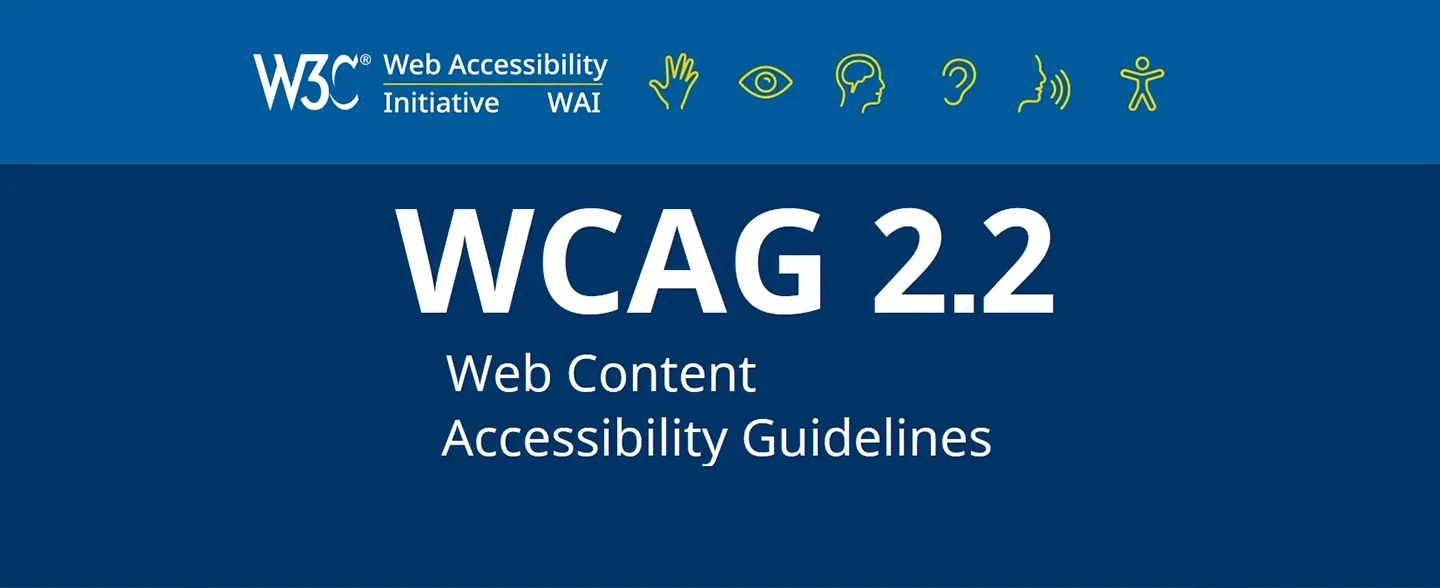
"Like most things, the term started off with good intentions. A way to suggest fixes for things which are definitely accessibility barriers, but don't technically fail the Web Content Accessibility Guidelines (WCAG), or whatever standard you're auditing against. Now, you've seen it happen. I've seen it happen. We've all seen it happen! We hand over our lovely audit report, complete with best practice suggestions, and what happens? Tickets will get created for anything which fails level A or level AA, if you're lucky."
"The moment we refer to anything as "best practice", the issue will almost never be considered a barrier with real-world consequences. Because it's not badged as a failure, it kind of implies it's just "nice-to-have". When we use the term "best practice", it sounds like what we're saying is, "what you've done is fine, but here's another way you could have done it.""
The term 'best practice' originally aimed to suggest fixes for accessibility issues that do not technically fail WCAG or other standards. Labeling recommendations as 'best practice' makes issues appear optional and reduces the likelihood that they will be treated as barriers with tangible consequences. Audit reports often result in tickets for level A or AA failures, while AAA or 'best practice' items are deprioritized or discarded. Language influences prioritization and remediation decisions. A practical example: a blocked wheelchair ramp creates an obvious barrier even if the obstruction is not part of the building, and such real-world obstacles require acknowledgment and remediation.
Read at craigabbott.co.uk
Unable to calculate read time
Collection
[
|
...
]